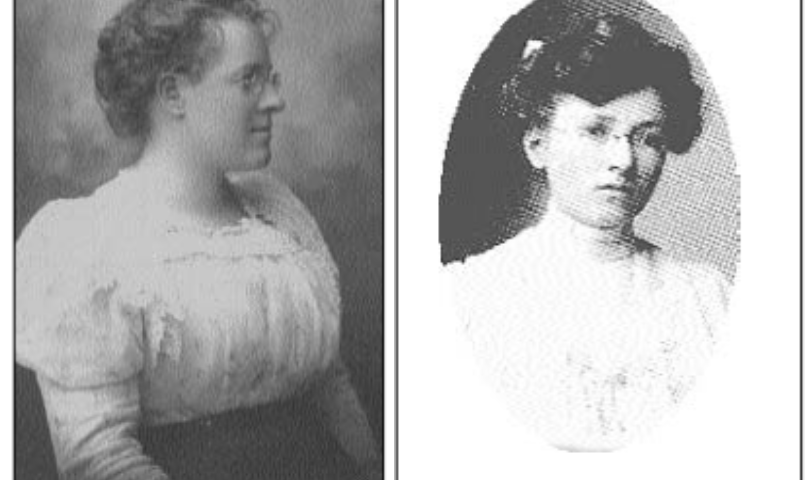This homecoming week, Mines invited astronaut Mae Jameson to speak to students on her experience as the first female of color to travel to space. Her lecture didn’t just kick off the homecoming festivities; it also served to highlight just how far women have travelled in STEM industries. This shift can be seen at Mines as the school experiences record female enrollment, an indication of an increasingly inclusive culture as technological advances and innovation continue to permeate society.
In 2019 alone, 413 female freshman enrolled at Mines, bringing the total number of undergraduate women on campus to 1,596, a number higher than any seen in the past. When accounting for graduate students, that number is even bigger: 2,028 female students currently attend Mines, representing over a 33% increase since 2012. But these are just numbers. What do they mean for Mines’ culture?
Though it wasn’t until 1895 that Florence Caldwell became the first official female student at Mines, there was female involvement on campus nearly from the time Mines was built in 1874. Women were frequent “sit-ins,” on classes; though they were not paying for course material, they would still attend lectures and take notes. Soon, changes began to occur. Though in Mines’ early days, women weren’t allowed in the dorms, bathrooms, or even the dining hall, a single-gender residence for females with full amenities was eventually constructed in a former fraternity house on 1622 Illinois St. The first residents voted the building be called “Caldwell Hall” after Florence Caldwell, the woman who pioneered the way for the establishment of the population of female engineers present at Mines over a century later.
Though in the first 75 years of Mines’ existence only four women could be counted among graduates, by 1979 a total of 167 women had graduated, and that number continued to increase. There was a need for women to prove that they were just as capable as men. Many chose to portray this by choosing to wear masculine clothing and participating in what were considered “masculine” activities. Thankfully, this dynamic has now shifted; a walk through campus quickly reveals that there is no one uniform look to engineering students. We are all as diverse as our familial, religious, cultural, and environmental backgrounds will allow, and most will agree that Mines encourages students to express themselves in whatever way they see fit. With the establishment of programs like Women in Science, Engineering and Mathematics (WISEM), whose goal is to “enhance opportunities for women in engineering and applied science careers” and the Multicultural Engineering Program (MEP), whose mission statement is to “enroll, retain, and graduate under-represented students,” it can be argued that Mines has become increasingly progressive in its attitude towards campus diversity.
Not only have women become more widely accepted on campus, but there is also increasing acceptance and awareness of gender diversity in general. For example, oSTEM is a student organization dedicated to giving individuals who identify as LGBTQ+ a voice and a place to be themselves. As Mines continues to grow, so does its inclusivity. This in part is due to the recognition that in an ever-changing world, it is important to include as many diverse perspectives as possible in order to explore the full frontier of scientific, mathematical, and technological possibilities that await.
K. Altman and S. Riebe, A century of women at Mines: a retrospective collection of the challenges, victories and achievements of Colorado School of Mines alumnae. Golden, CO: Colorado School of Mines, 1999.


'Mines Through the Years: A Changing Demographic' has no comments
Be the first to comment this post!